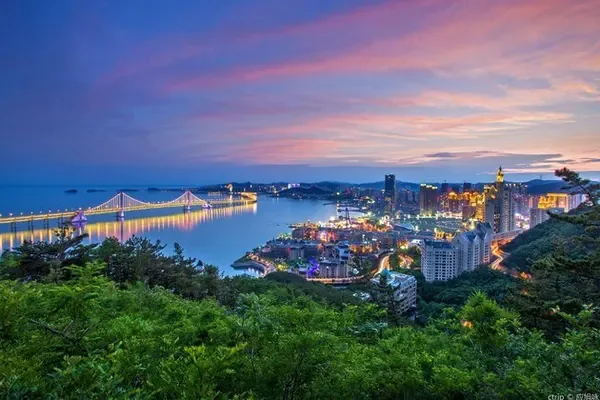introduce
The Mausoleum of the Yellow Emperor is located on Qiaoshan Mountain about 1 km away from Huangling County. It is the cemetery of the ancestor of the Chinese nation, Xuanyuan Yellow Emperor, and a holy place for Chinese sons and daughters to worship their ancestors. There are many mausoleums of the Yellow Emperor in many parts of the country, but only the Mausoleum of the Yellow Emperor in Huangling County is listed as a national key cultural relic protection unit. There are ancient cypress trees around the Mausoleum of the Yellow Emperor, and the governments of all dynasties have attached great importance to the protection of the ancient cypress trees in the Mausoleum of the Yellow Emperor.

The Yellow Emperor Mausoleum Scenic Area consists of two parts: Xuanyuan Temple and Yellow Emperor Mausoleum. Xuanyuan Temple, also known as Huangdi Temple, faces south and was first built in the Han Dynasty. The main buildings include the Temple Gate, the Chengxin Pavilion, the Stele Pavilion and the Humanities First Ancestor Hall. There are 16 ancient cypresses in the courtyard, the most precious ones are "Yellow Emperor Hand Planted Cypresses" and "Hanwu Hanging Cypresses". Huangdi hand-planted cypress, about 20 meters high, vigorous and straight, with leaves that last all year round, densely layered, like a huge green umbrella. According to legend, this cypress tree was planted by Emperor Xuanyuan himself. It is more than 5,000 years old and is the oldest cypress tree in the world. In the stele corridor on the east side of Xuanyuan Temple, there are 57 sacrificial steles made by emperors of all dynasties. The main hall of Xuanyuan Temple hangs a gold plaque with the words "the first ancestor of humanities". In the middle of the hall, there is a tablet with the words "Xuanyuan Yellow Emperor's position" written on it. Inside the shrine is a relief statue of the Yellow Emperor carved in black jade.
Since the establishment of the temple ceremony in the fifth year of Zongdali in the Tang Dynasty (770 A.D.), it has been the place where successive dynasties held national sacrifices. After the founding of New China, sacrificial ceremonies are held here every Qingming Festival and Double Ninth Festival, especially the national public sacrifices on Qingming Festival have become the traditional sacrificial ceremony of the Chinese nation (the public sacrifices on Qingming Festival are not open to ordinary tourists).
opening hours
March 1st-November 30th 07:30-18:30 (last admission 18:00); December 1st-February 28th 08:00-18:00 (last admission 17:00) :30)
Preferential treatment policy
Service Facilities
must see tips
During the Qingming National Memorial Ceremony, ordinary tourists are not allowed to enter the scenic spot. After the noon ceremony, you can visit normally.
